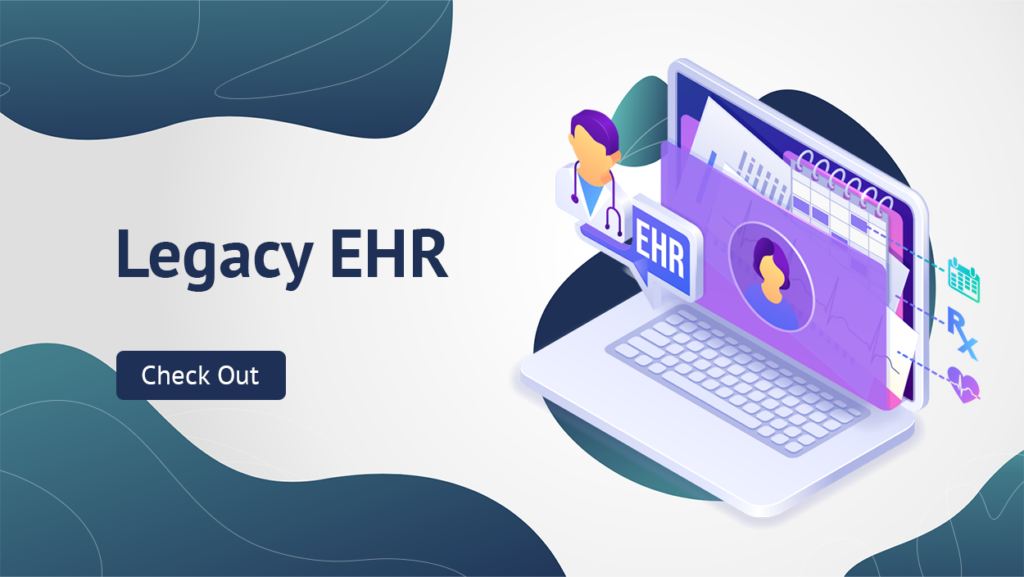
The objective of the electronic health record (EHR) has always been to facilitate access for a more comprehensive picture of a patient’s medical history. Comprehensive medical data is essential to enhance care management and lower the possibility of medical errors. Treatment and care management that is ineffective or unneeded can occur with only a tiny data gap in the EHR.
Even though some private practice physicians still utilize paper records, hospital systems now need to migrate from paper to electronic health records. EMR conversions happen whenever a hospital or health system switches from an old EMR to a new EHR, when physician practices are acquired, when healthcare organizations merge, or when hospitals are bought by larger health systems. In these situations, old EHR data must accurately and reliably be transitioned to a newer, more robust enterprise-wide EHR.
Questions many organizations have include what data is essential to migrate to the new system and can they save time and money deleting old data?
Problems in Legacy EHRs
Tedious documentation process:
When clinicians and office staff have problems inputting patient data, an EHR system needs to be improved. If the documentation procedure is overly drawn-out and time-consuming, your professionals’ attention will be taken away from patient care, their clear priority. Legacy EHR systems generally do not support the same “click and go” features and shortcuts newer systems do. These modern technologies provide straightforward workflow forms that logically accompany a patient visit. If your system hinders practitioners, updates can boost output, patient care, and clinician satisfaction.
Poor Integration:
If your legacy EHR is unable to successfully interface with other systems or portals (such as eRx systems, billing systems, patient contact, and reporting for CMS), it may be time to look for a new system. One of the main objectives of the switch to electronic health records is to improve information exchange to enhance patient care and results. If the legacy system cannot complete the required exchange of health information, it’s not performing to its full capacity in the medical practice.
Poor patient mobile access and communication:
In the technology and consumer-driven healthcare market in which we operate, practices must employ EHR systems that allow patients to access and communicate via mobile devices. Patients commonly use their smartphones to keep track of appointments, medications, and critical medical issues. Patients prefer the ability to contact their doctor or nurse online over waiting by the phone for a callback. Additionally, patients want to have unrestricted access to their own medical records. Patient portals and physician contact channels are consequently essential for ensuring patient satisfaction. If your current EHR lacks a patient portal, it might be time to upgrade.
Alerts and monitoring:
If there are no built-in procedures to monitor and warn patients of incorrect or inefficient coding processes, your practice may incur financial losses and be limited in treatments it can offer patients. For instance, to ensure accurate billing and payment, EHR should provide notifications for diagnosis and billing code issues as well as correction recommendations. If there are no built-in methods to monitor and alert patients, incorrect or ineffective coding procedures might cost your practice money and possibly limit the therapy you can provide your patients. To enhance patient care, contemporary EHR systems also keep track of suggested tests, examinations, and drug interactions.
Our experienced team at Triyam can help you free data from the confines of a legacy EMR/EHR system and house it in the Fovea EHR archival system. With assistance from a trusted healthcare consultant firm experienced in data migration and archiving, you can create an efficient archival plan for your facilities.
Contact Triyam to schedule a free evaluation, attend a complimentary webinar, or receive a custom demo.
